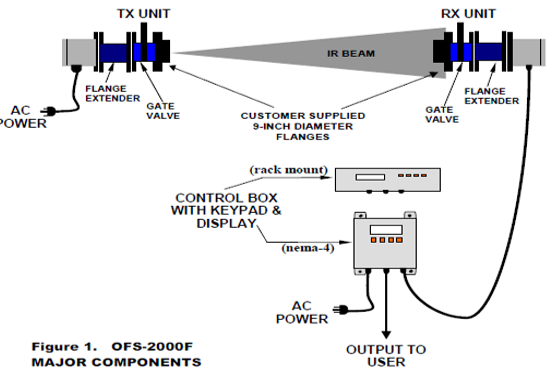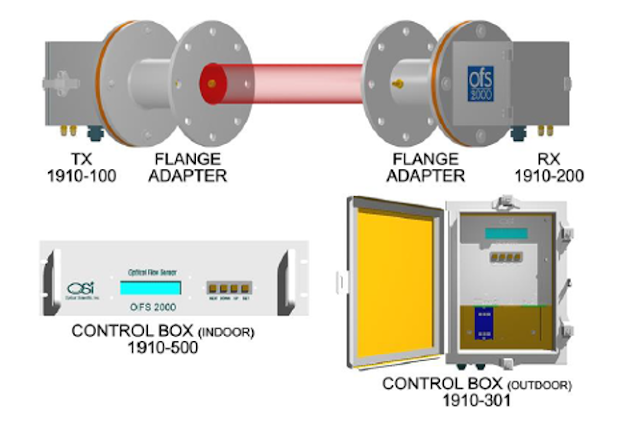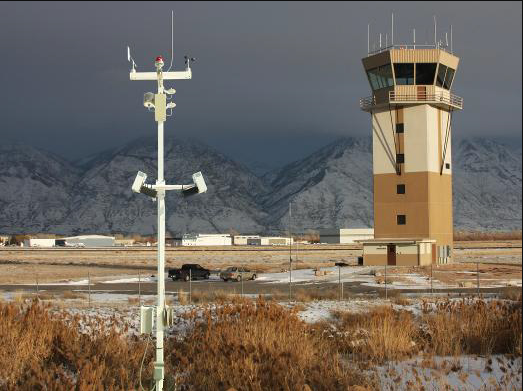The Importance of Emissions Flow Monitoring: A Comprehensive Guide

Emissions from industrial processes have a significant impact on our environment and human health. To mitigate these effects, emissions flow monitoring plays a crucial role. In this comprehensive guide, we will explore the importance of it and the role of stack flow sensors in ensuring effective emissions control. Understanding Emissions Flow Monitoring It refers to the continuous measurement and analysis of emissions from industrial stacks or exhaust systems. It provides valuable data on the quantity and quality of pollutants released into the atmosphere. This data is crucial for regulatory compliance, environmental impact assessment, and process optimization. The Role of Stack Flow Sensors Stack flow sensors are essential components of emissions flow monitoring systems. These sensors measure the velocity, temperature, and volumetric flow rate of gas emissions. By accurately quantifying the flow of emissions, stack flow sensors enable industries to identify potential sources ...





